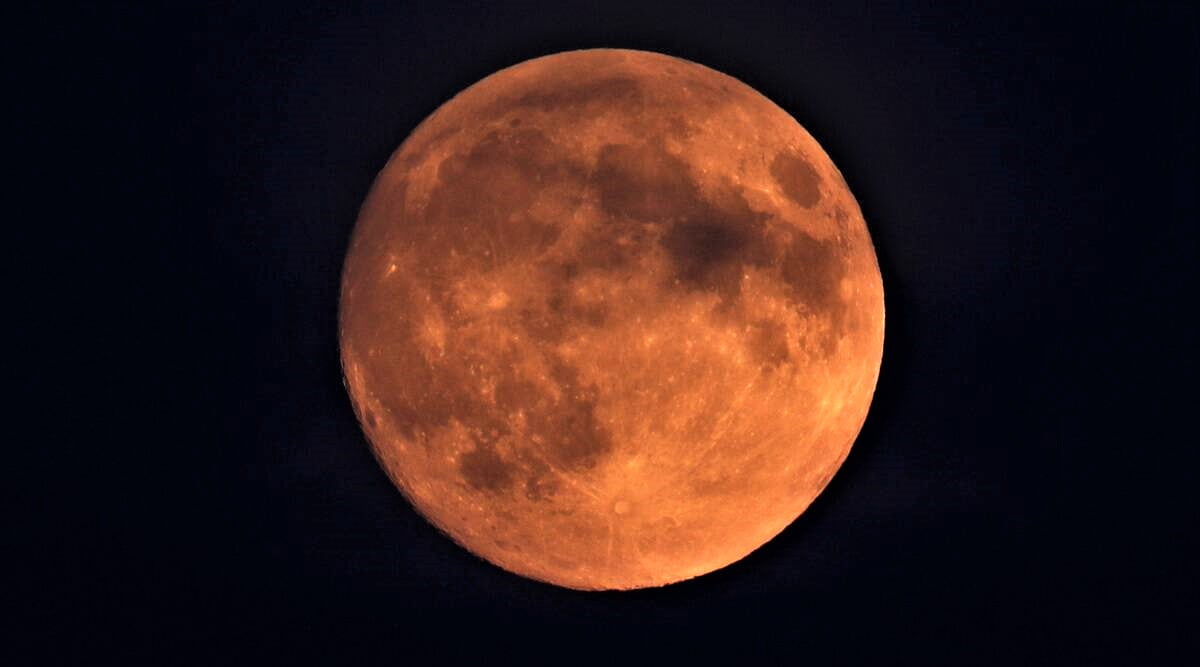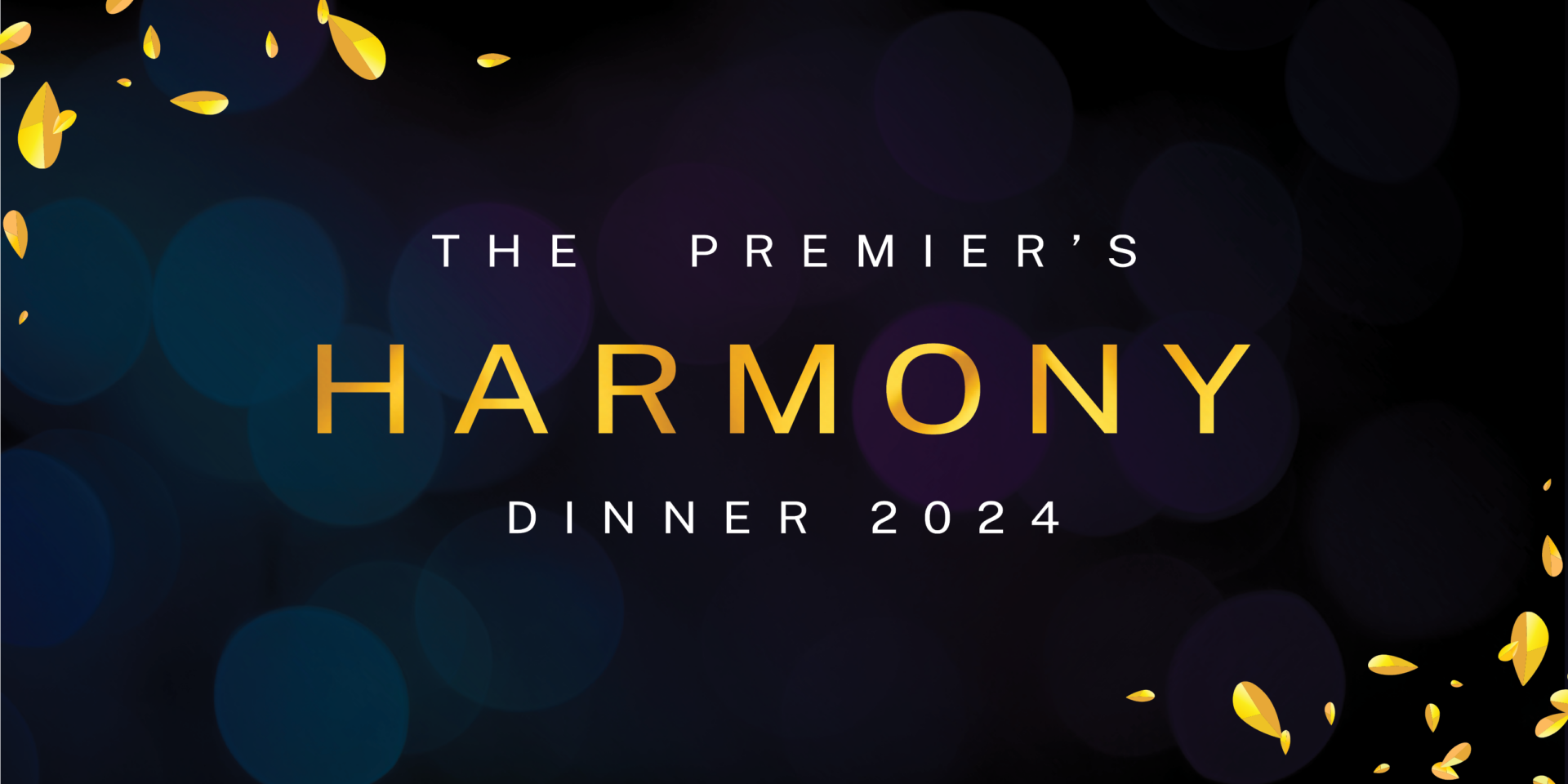Total lunar eclipse 2021: when and how to view the super blood moon across Australia tonight


A total lunar eclipse coinciding with a supermoon will be visible in Australian skies on Wednesday night for the first time in more than three years.
The last total lunar eclipse, also known as a blood moon, was in January 2019, but one has not been visible in Australia since 2018.
A supermoon, such as last month’s “pink moon”, a more common phenomenon, takes place when the full moon occurs near the closest point in its orbit to Earth.
Wednesday’s “super blood moon”, a combination of the two events, will be visible from the early evening in Australia. The last time this happened was in early 2018 when a blood moon and a super moon also coincided with a blue moon for the first time since 1866.
From 7.44pm in the eastern states and 5.44pm in Western Australia, the moon will slowly darken as it passes into the Earth’s shadow. The process will take more than an hour.
The totality – the period it is completely in shadow – will last for 14 minutes, beginning at 9.11pm AEST.
Though the Earth will block direct sunlight from reaching it, during a total eclipse the moon will appear a dim red-orange in colour.
Dr Brad Tucker, an astrophysicist from the Australian National University, said although the moon will be in Earth’s shadow, some sunlight still reaches it by skimming the Earth’s atmosphere.
“Just as we get orangey-red sunrises and sunsets [on Earth] due to the composition of the atmosphere and the angle the light hits – which we call refraction – this same effect is seen in space,” Tucker said.
The appearance of the moon would depend on the time and location it was being viewed from, he said.
Unlike solar eclipses, lunar eclipses are safe to look at, and visible with the naked eye without the need for any special equipment.
Tucker’s advice for moon gazers who don’t want to spend hours outside is to check it periodically throughout the evening.
“If you stare at it for five minutes, it will look the same. If you look at it and then go back and look at it in a half-hour, it will look dramatically different,” he said.
“My advice is to see it a few times between 7.44pm and 9.11pm [AEST], really enjoy it between 9.11pm and 9.25pm, and then you can go to bed because it just fades away.”
According to Tucker, supermoons coincide with total lunar eclipses once every four to five years. “Statistically, one out of three or four total lunar eclipses will be a super blood moon,” he said.
Supermoons occur more frequently – usually three to four times per year.
Technically termed a perigee-syzygy, a supermoon is the result of the moon’s elliptic orbit around Earth. Wednesday’s full moon will be roughly 48,000km closer to Earth than the farthest full moon of the year, which will take place in December. It will be 155km closer than last month’s supermoon.
While supermoons appear slightly larger and brighter in the sky, their appearance is not dramatically noticeable to the naked eye, said Tucker.
The super blood moon will be visible over all of Oceania, most of southeast Asia and the Americas.
If the skies aren’t clear in your local area, the celestial event will be livestreamed by the Virtual Telescope Project, as well as the European Space Agency, from their tracking station in New Norcia, Western Australia. Failing that, you could blast some Bonnie Tyler and call it a night.
What time is the super blood moon and total lunar eclipse on Wednesday?
ACT/NSW/TAS/VIC/QLD
Partial eclipse: 7.44pm
Totality: 9.11 to 9.25pm
Ends at: 10.52pm
NT/SA
Partial eclipse: 7.14pm
Totality: 8.41 to 8.55pm
Ends at: 10.22pm
WA
Partial eclipse: 5.44pm
Totality: 7.11 to 7.25pm
Ends at: 8.52pm
Source: The Guardian




